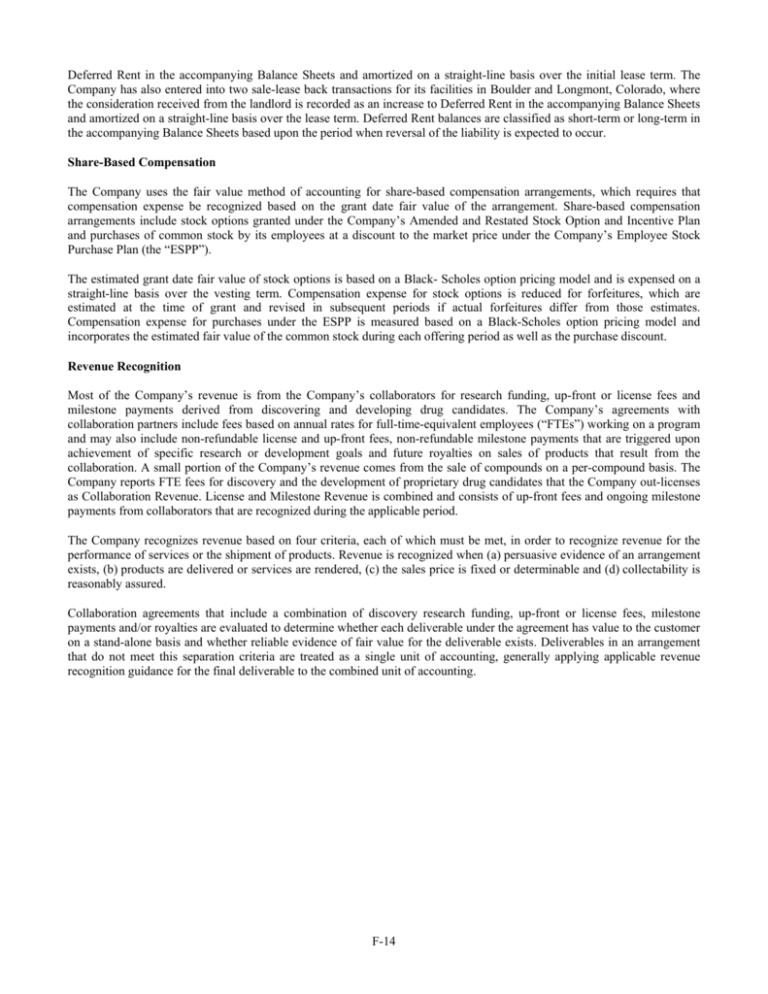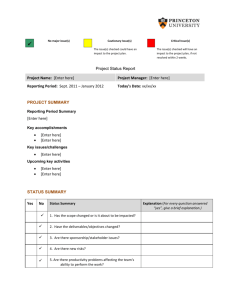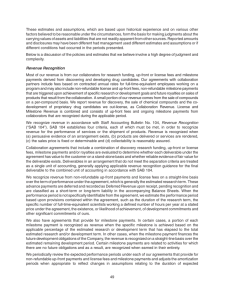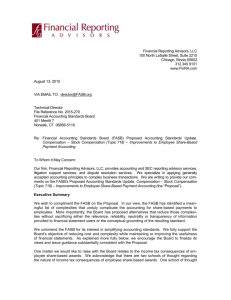F-14 Deferred Rent in the accompanying Balance Sheets and
advertisement

Deferred Rent in the accompanying Balance Sheets and amortized on a straight-line basis over the initial lease term. The Company has also entered into two sale-lease back transactions for its facilities in Boulder and Longmont, Colorado, where the consideration received from the landlord is recorded as an increase to Deferred Rent in the accompanying Balance Sheets and amortized on a straight-line basis over the lease term. Deferred Rent balances are classified as short-term or long-term in the accompanying Balance Sheets based upon the period when reversal of the liability is expected to occur. Share-Based Compensation The Company uses the fair value method of accounting for share-based compensation arrangements, which requires that compensation expense be recognized based on the grant date fair value of the arrangement. Share-based compensation arrangements include stock options granted under the Company’s Amended and Restated Stock Option and Incentive Plan and purchases of common stock by its employees at a discount to the market price under the Company’s Employee Stock Purchase Plan (the “ESPP”). The estimated grant date fair value of stock options is based on a Black- Scholes option pricing model and is expensed on a straight-line basis over the vesting term. Compensation expense for stock options is reduced for forfeitures, which are estimated at the time of grant and revised in subsequent periods if actual forfeitures differ from those estimates. Compensation expense for purchases under the ESPP is measured based on a Black-Scholes option pricing model and incorporates the estimated fair value of the common stock during each offering period as well as the purchase discount. Revenue Recognition Most of the Company’s revenue is from the Company’s collaborators for research funding, up-front or license fees and milestone payments derived from discovering and developing drug candidates. The Company’s agreements with collaboration partners include fees based on annual rates for full-time-equivalent employees (“FTEs”) working on a program and may also include non-refundable license and up-front fees, non-refundable milestone payments that are triggered upon achievement of specific research or development goals and future royalties on sales of products that result from the collaboration. A small portion of the Company’s revenue comes from the sale of compounds on a per-compound basis. The Company reports FTE fees for discovery and the development of proprietary drug candidates that the Company out-licenses as Collaboration Revenue. License and Milestone Revenue is combined and consists of up-front fees and ongoing milestone payments from collaborators that are recognized during the applicable period. The Company recognizes revenue based on four criteria, each of which must be met, in order to recognize revenue for the performance of services or the shipment of products. Revenue is recognized when (a) persuasive evidence of an arrangement exists, (b) products are delivered or services are rendered, (c) the sales price is fixed or determinable and (d) collectability is reasonably assured. Collaboration agreements that include a combination of discovery research funding, up-front or license fees, milestone payments and/or royalties are evaluated to determine whether each deliverable under the agreement has value to the customer on a stand-alone basis and whether reliable evidence of fair value for the deliverable exists. Deliverables in an arrangement that do not meet this separation criteria are treated as a single unit of accounting, generally applying applicable revenue recognition guidance for the final deliverable to the combined unit of accounting. F-14








